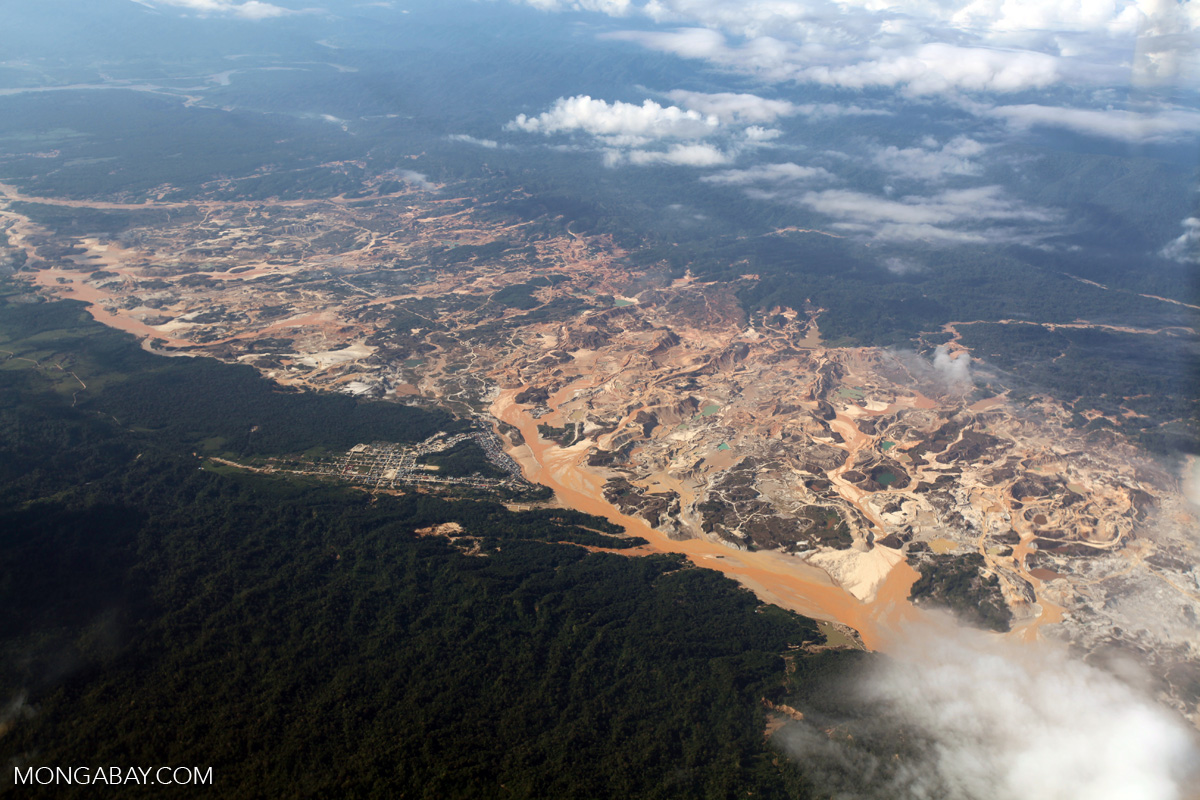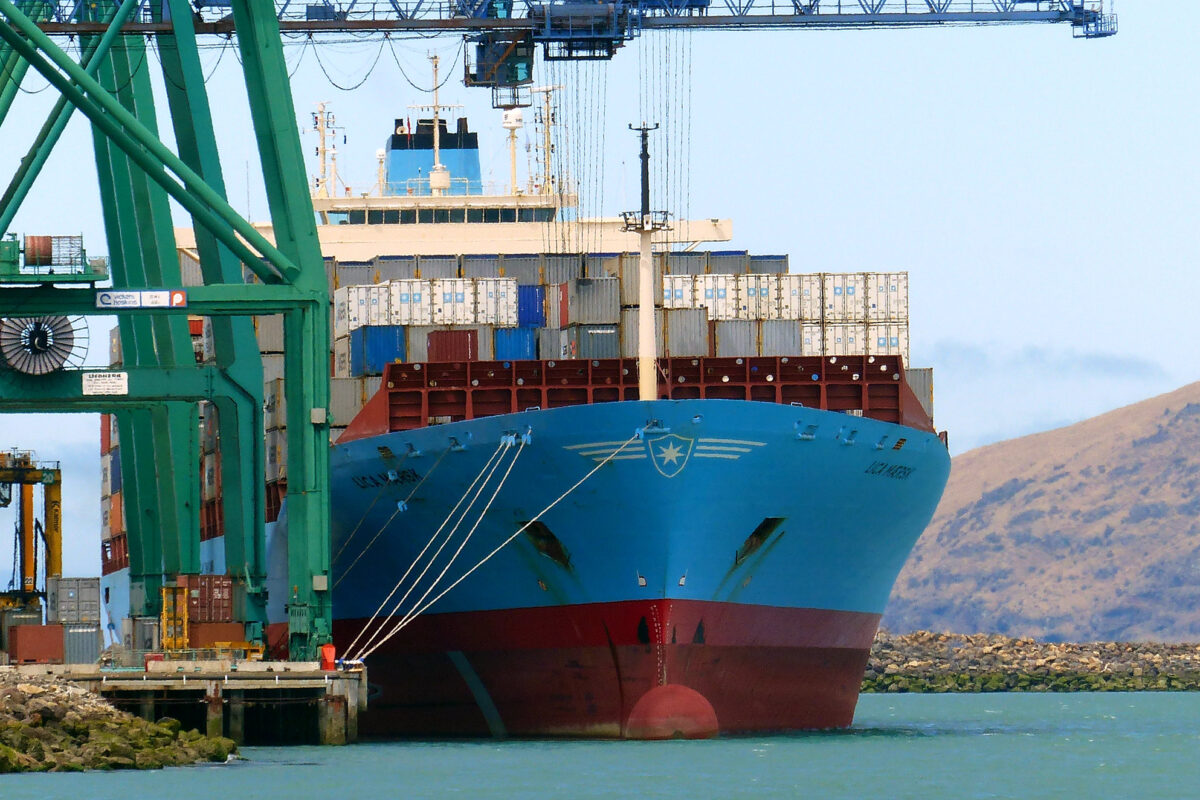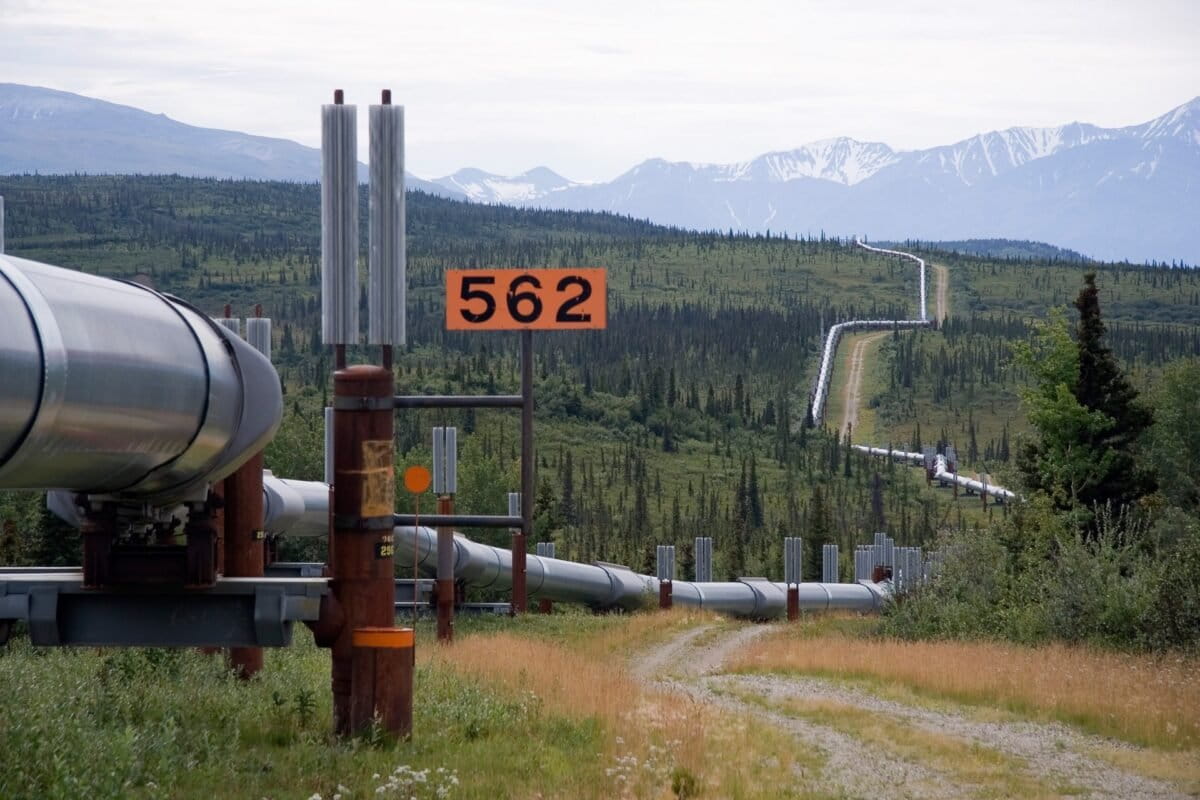- A new analysis from the Monitoring of the Andes Amazon Program shows differences in mining patterns in the central and northern departments of the country, compared with southern departments like Madre de Dios.
- The mapping analysis is one of the first visualizations of Peru’s mining problem on a nationwide scale.
- The organization called for a better gold traceability system and for small-scale and artisanal mining activities to be subject to stricter environmental oversight.
For years, gold mining has been one of Peru’s most pressing environmental challenges, with illegal operations clearing the Amazon Rainforest and polluting rivers with chemicals. The industry continues to grow, as miners spread into new parts of the country and adopt different ways of working.
One recent project that maps mining operations and their expansion shows how mining has spread into the country’s northern provinces and implemented river-based extraction methods that aren’t common in other mining hotspots. Developed by Amazon Conservation’s Monitoring of the Andes Amazon Program (MAAP), the project is one of the first visualizations of Peru’s mining problem on a national scale.
“Having this baseline comprehensive look at what’s happening in Peru can serve as the basis for better understanding the magnitude of illegal mining,” Matt Finer, MAAP director and senior research specialist, told Mongabay. “Then we’re getting into, ‘Where is it? Where is it increasing? Where is it decreasing?’”
Gold mining caused 139,169 hectares (343,894 acres) of deforestation between 1984 and the first half of 2025, predominantly in the southern department of Madre de Dios, according to the MAAP analysis. In that department alone, MAAP found more than 2,000 pieces of mining infrastructure, including drills, chutes, dredges and mining rafts.

Madre de Dios was the focus of Peru’s Operation Mercury in 2019, in which law enforcement aggressively dismantled mine sites. It was a short-term success that saw deforestation rates slow for a couple of years before rebounding as miners returned to the area.
But other parts of Peru have also been hit by gold mining. Across Huánuco, Pasco and Ucayali departments, gold mining has cleared approximately 1,320 hectares (3,262 acres) of forest in Indigenous communities and near protected areas like El Sira Communal Reserve. In the northern departments of Amazonas, Cajamarca and Loreto, operations have cleared approximately 491 hectares (1,213 acres) near rivers and inside Indigenous territories, according to satellite imagery.
The MAAP analysis found mining barges in at least 14 rivers, most notably the Chinchipe River in Cajamarca and Marañón River in Amazonas and Loreto.
In Loreto alone, there were 989 mining dredges present between 2017 and 2025, the report said.
“Miners were looking towards other regions,” Raúl Pacsi Muñoz, junior specialist in gold mining monitoring at Conservacion Amazonica Peru, part of the Amazon Conservation alliance, told Mongabay. “You can see that in Huánuco — which is currently a region where mining is developing and increasing quite a lot — people from Madre de Dios are starting to … request mining concessions, to start mobilizing. That’s where we see mining begin to spread.”

The map reveals a stark contrast between mining in the north and south, Pacsi Muñoz pointed out. Mining in departments like Loreto and Amazonas is almost exclusively river-based, while farther south, in Huánuco and Madre de Dios, it’s mostly done on land.
Miners in the north take advantage of wide rivers that are easy to navigate, he explained. This allows them to quickly move up and down the river with dredges, reaching areas where police presence is minimal. In the south, miners find it more practical to clear the forest and extract the gold on land, partly because mining groups there have been around longer and have more sophisticated operations, making use of heavy machinery.
Criminal groups from other countries, such as neighboring Colombia and Ecuador, participate in gold mining in the northern departments of the country, Pacsi said. They also control trade routes and often oversee money laundering through shell companies, according to a report from the U.N. Office on Drugs and Crime.

In May, 13 people working at a legal mine in Pataz, in the northern department of La Libertad, were kidnapped and killed by a group of men believed to be tied to illegal mining. Then-President Dina Boluarte suspended all mining and implemented a temporary curfew in the area.
She was impeached and removed from office in October, in part because of the rising security crisis in the country.
In its report, Amazon Conservation urged officials to implement a more effective gold traceability system capable of linking production, marketing and export. The system should be able to account for not just producers, traders and processors, but also the control of critical inputs such as mercury and fuels, it said.

It also called on small-scale and artisanal mining activities to be subject to environmental obligations from the onset of mining work, including impact studies.
Lastly, it said that forest zoning should be built into the mining permit process — most notably in the south, where mining tends to happen on land — so that everyone involved can avoid impacts on nearby forests.
“The integration of zoning will prevent the granting of new permits in priority forests for conservation, reducing deforestation and misuse of forests by directing mining toward areas of lower impact and prohibiting it in critical areas,” the report said.
Banner image: Gold mining on the Huaypetue River in Peru. Credit: Rhett A. Butler.
FEEDBACK: Use this form to send a message to the author of this post. If you want to post a public comment, you can do that at the bottom of the page.



